When Did Women Stop Wearing Dresses on a Daily Basis
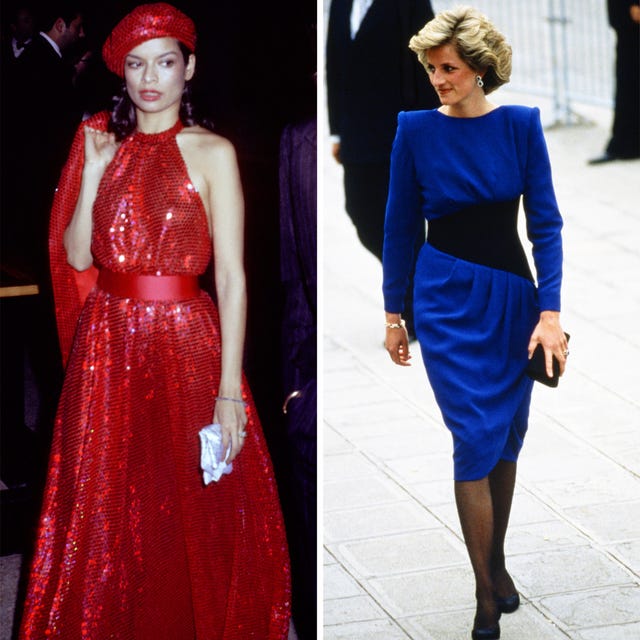
Courtesy
Today, fashion choices are limitless. Want to wear a tuxedo suit? Go for it. Bike shorts and a blazer? Flawless street style. But there hasn't always been such a wide variety of options for women. From the days of petticoats and corsets to Dior's New Look in the 1950s, the dress has evolved dramatically. See how the garment has transformed over time.
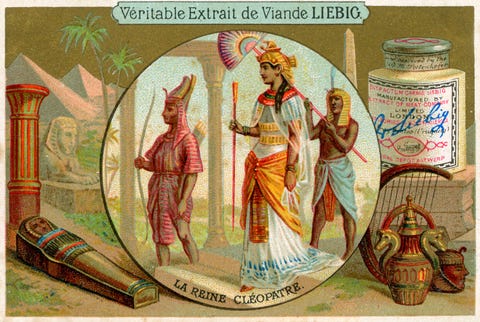
Culture Club Getty Images
1 of 42
51 B.C.
In ancient Egypt, women wore sheer or linen materials. The last pharaoh, Cleopatra, was known to wear fabric that was adorned with gold or semiprecious stones, since, you know, she was a queen.
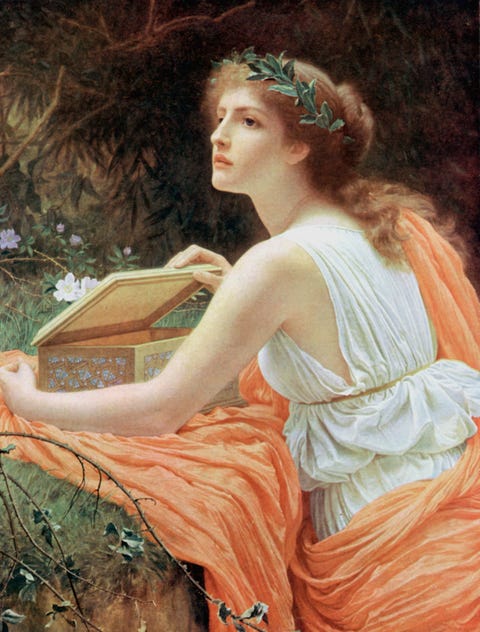
Print Collector Getty Images
2 of 42
30 B.C.
Ancient Greece's garments have long served as modern fashion inspiration for their ethereal looks. But at the time, the dresses were designed mostly for comfort and functionality. Women opted for silk and linen, because of the hot climate and no sewing was required.
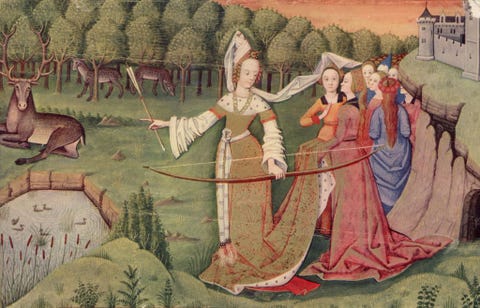
Hulton Archive Getty Images
3 of 42
1450
In early medieval times, dresses started to become more intricate. Heavy and ornate fabric was a sign of wealth, so dresses began being constructed in pieces and layers.
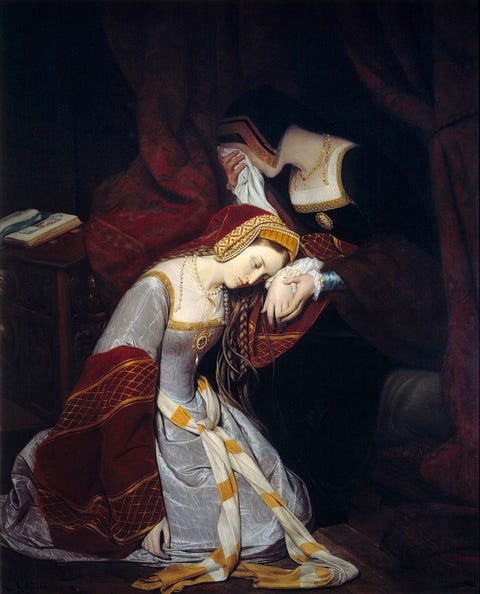
Photo Josse/Leemage Getty Images
4 of 42
1530
Here, Henry VIII's wife, Anne Boleyn, is seen wearing a Tudor-style dress, which was common in medieval times. The style often featured long, draped sleeves, as well as heavy fabrics, such as velvet. The square neckline was also made popular and would typically be adorned with layers of necklaces and jewels.
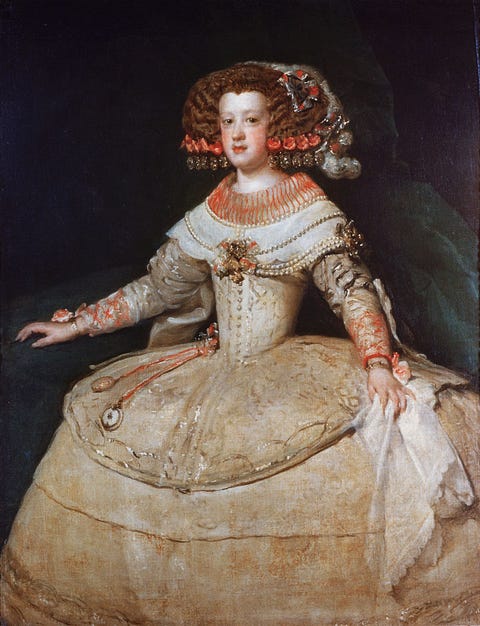
Francis G. Mayer Getty Images
5 of 42
1650
During this period, high-waisted silhouettes from earlier in the decade were replaced with lower designs that emphasized the waist. In Europe, this was especially popular among nobility.
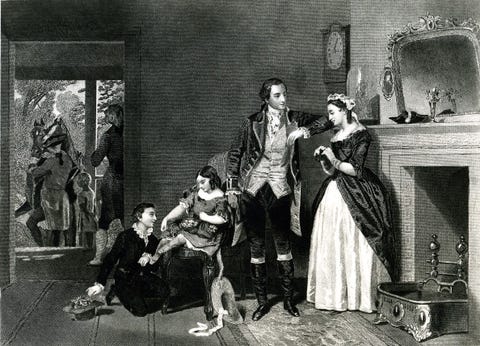
PhotoQuest Getty Images
6 of 42
1760
Dresses in the American colonies were strikingly simpler than those in Europe. A woman from an affluent family, such as Martha Washington (pictured), would wear a combination of a petticoat and an open-front dress that was, in actuality, a skirt and bodice sewn together in the same pattern.
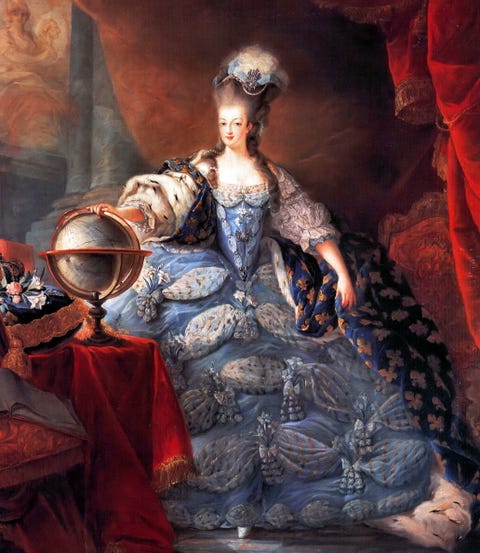
UniversalImagesGroup Getty Images
7 of 42
1775
In contrast to what was happening in the New World, European royals piled on the pageantry. Case in point: Marie Antoinette models a frock during a time when fashion was at peak opulence. The dresses were big, the designs were elaborate, and the hair was high. Of course, this was just within court—hence the French Revolution.
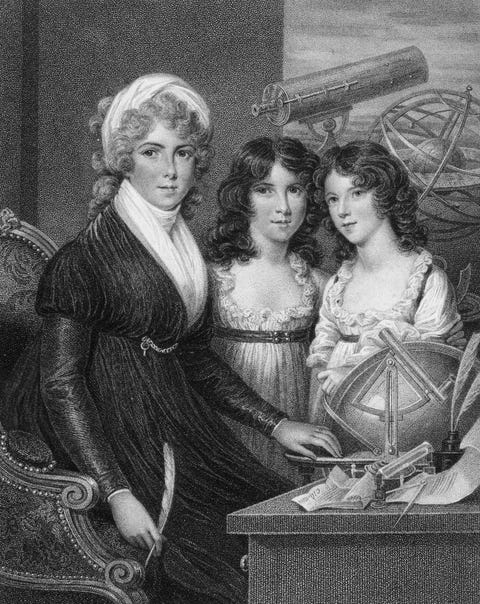
Science & Society Picture Library Getty Images
8 of 42
1790
By the end of the 18th century, women's clothing became a little less structured. Empire waists were now the fashion, and a draped high neckline allowed for more fluid movement.
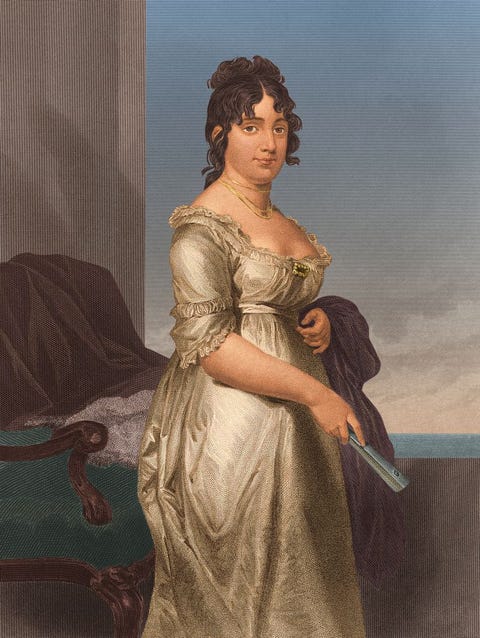
Stock Montage Getty Images
9 of 42
1810
Empire dresses were designed for all occasions in mind. A noble woman, such as First Lady Dolley Madison, would add ruffles to make the dress more formal.
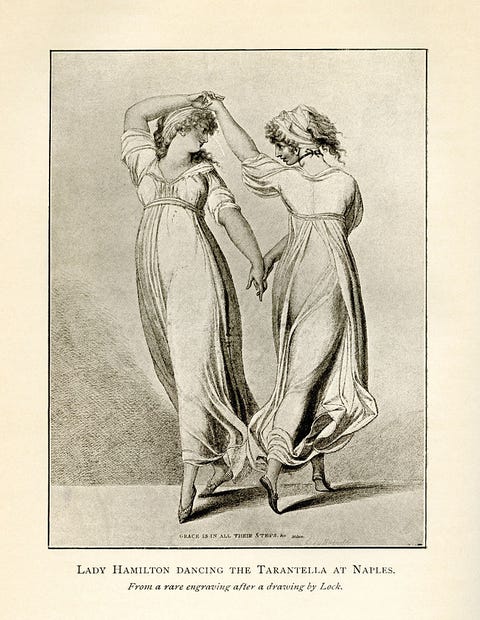
Culture Club Getty Images
10 of 42
1815
Muslin fabric was very popular in England during the early 19th century, especially for less formal occasions. Think empire waist and cap sleeves à la Emma.
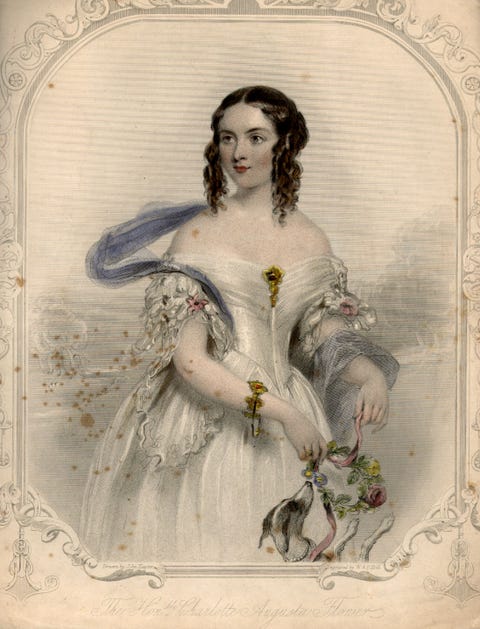
Hulton Archive Getty Images
11 of 42
1820
Full skirts began making a comeback in the early 1800s, and off-the-shoulder sleeves started to have their own moment.
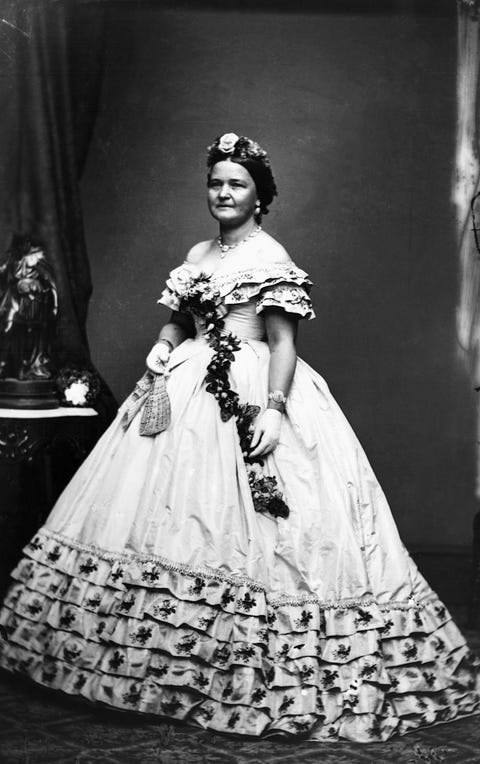
Historical Getty Images
12 of 42
1840
Ruffles, large skirts, and extravagant details like flowers or embroidery were popular in the mid-19th century. If you've ever seen Gone with the Wind , you know what we're talking about.
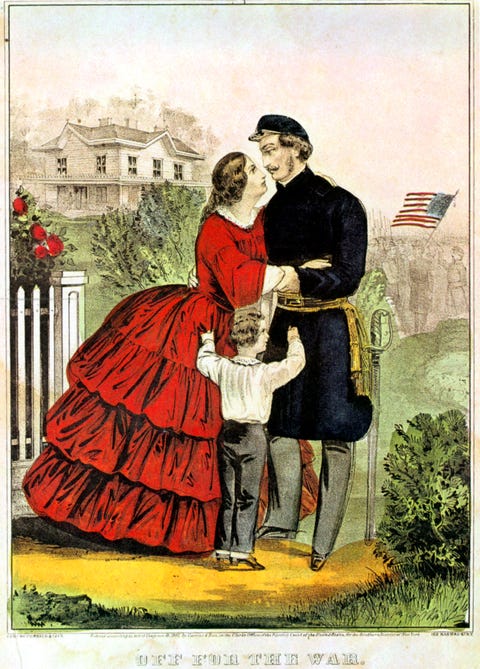
Print Collector Getty Images
13 of 42
1860
With the United States at war, dresses became simpler in terms of fabric and design. Instead of opulent debutante gowns, women would wear full skirts made of just one material.
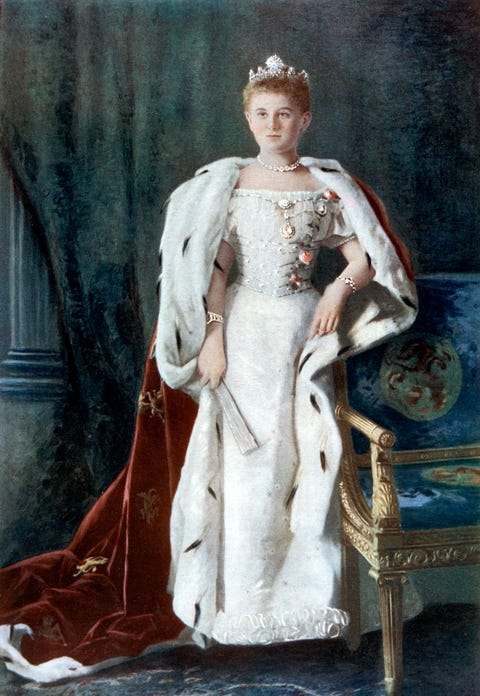
Print Collector Getty Images
14 of 42
1880
Royal fashion remained formal in Europe, although it took cues from the trends of the day. Off-the-shoulder dresses were common, and a long, broad bodice was back.
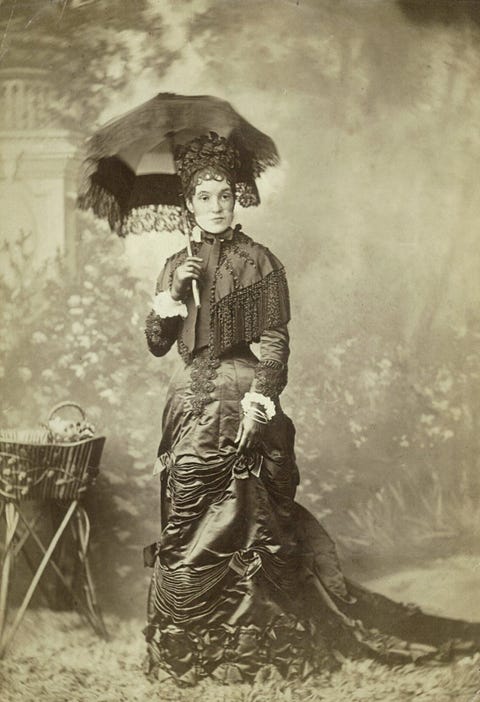
PYMCA Getty Images
15 of 42
1890
Entering the Victorian era, women's dresses were almost uniform like. Black or white was the color of choice for conservative, well-to-do women, and styles were designed with high necks and long sleeves.
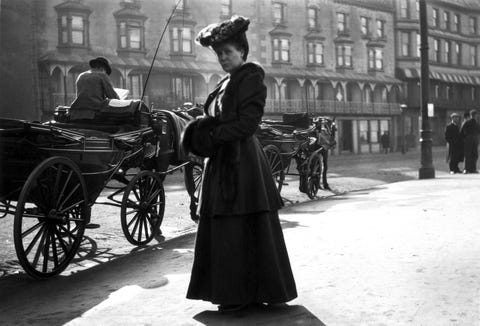
Science & Society Picture Library Getty Images
16 of 42
1900
The Victorian silhouette was made to be conservative with lots of layers and coverage. During this period, there was also a stronger emphasis on a woman's slim waist, meaning corsets were encouraged.
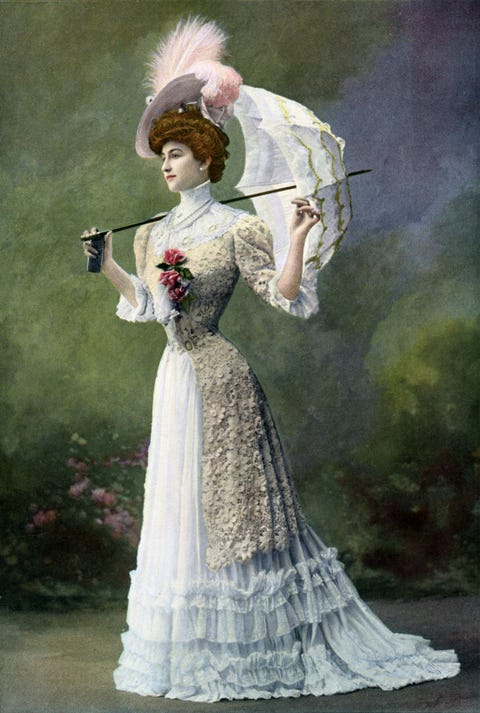
Culture Club Getty Images
17 of 42
1905
At the tail end of the Victorian era, dresses became more playful with lace, ruffles, and feather details. But high necks were still key.
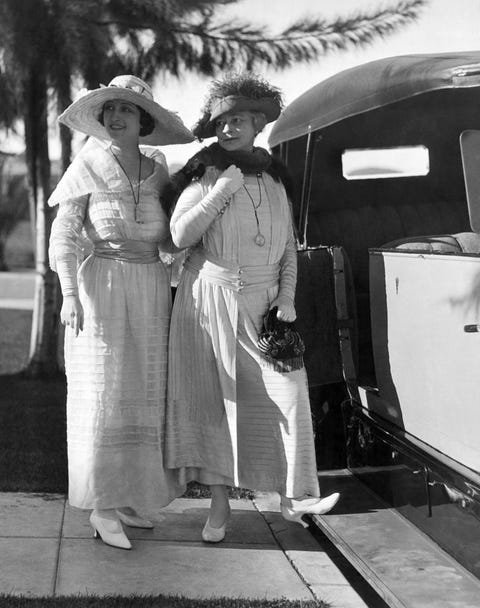
Underwood Archives Getty Images
18 of 42
1910s
Into the Edwardian era, women began wearing dresses that were boxier and looser in design. Lace was still a popular fabric, and the waist was still cinched with a sash. But the most exciting thing about this time? Hemlines began to climb up past a woman's ankle.
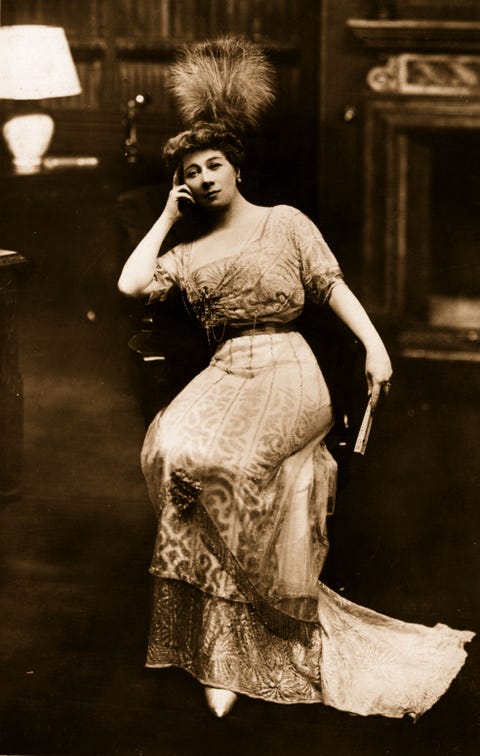
Hulton Archive Getty Images
19 of 42
1915
Again, this period welcomed lighter fabrics like chiffon, and a woman's silhouette was more streamlined than ever before. Elaborate details like beading and velvet sashes were also in vogue.
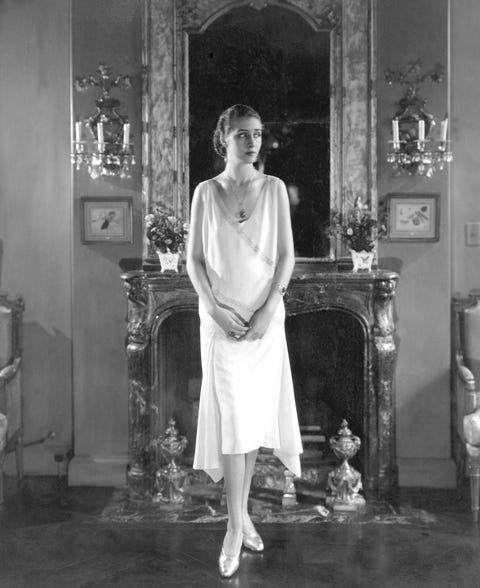
Edward Steichen Getty Images
20 of 42
1920
Hemlines had been slowly creeping higher for years, but the Roaring '20s and flapper craze blew the trend up. Not only was the drop waist introduced, but dresses were cut off right below the knee, and sleeveless gowns were no longer scandalous.
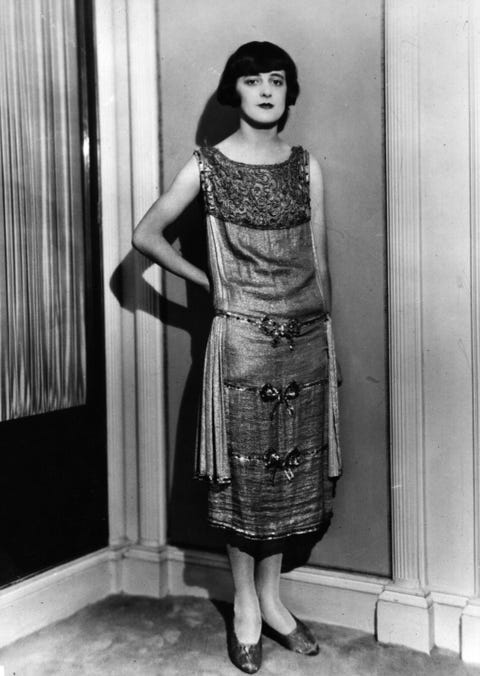
Topical Press Agency Getty Images
21 of 42
1925
There was an extreme excess of wealth during the '20s, and that meant opulent details. Fringe, paneling, and embroidery were all typical of a glamorous dress during this time.
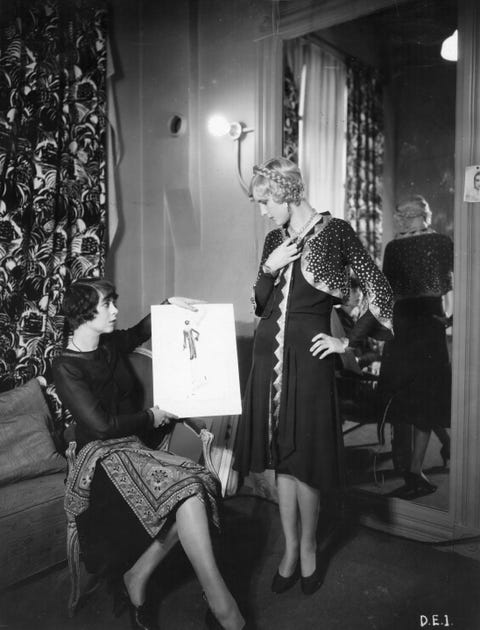
Hulton Archive Getty Images
22 of 42
1930
The 1930s were a complex time in fashion. With America in the Great Depression, people weren't spending as much money on clothing. For those who weren't struggling financially, a new host of patterns and textures was introduced, including a more diverse wardrobe like ... wait for it ... pants!
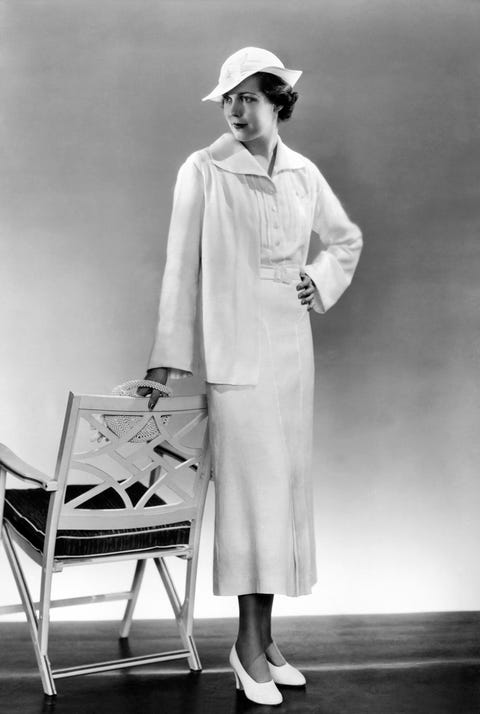
Underwood Archives Getty Images
23 of 42
1935
More casual dresses popped up in the '30s, and nothing was more in fashion than a dress with a belted waist and buttons up the front.
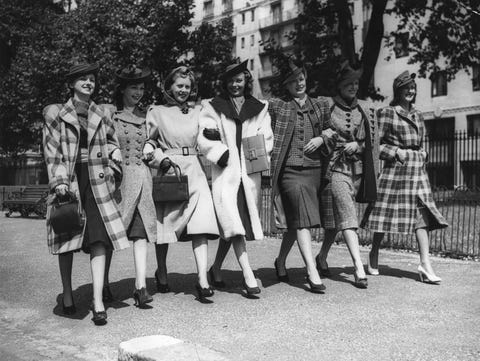
A. Hudson Getty Images
24 of 42
1940
Structured suit dresses, featuring structured shoulders, belted waists, and A-line skirts, were everywhere in the '40s. Due to wartime rations, there was also an emphasis on repurposing clothing.
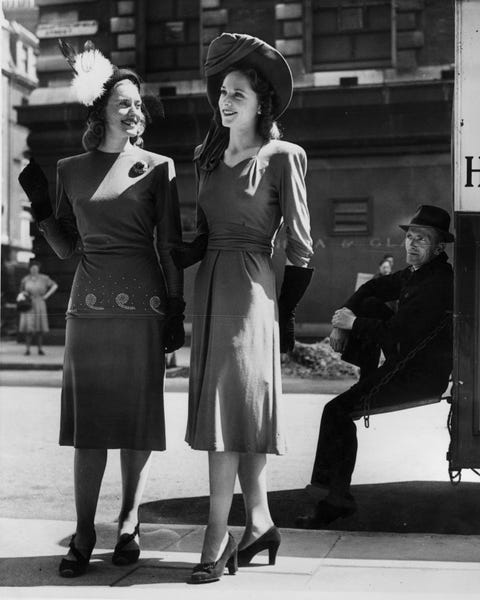
Fox Photos Getty Images
25 of 42
1945
By the mid-'40s, the war was over and fashion became more playful. While the silhouette remained similar to earlier in the decade, ruched fabric, beading, and accessories were being implemented into designs.
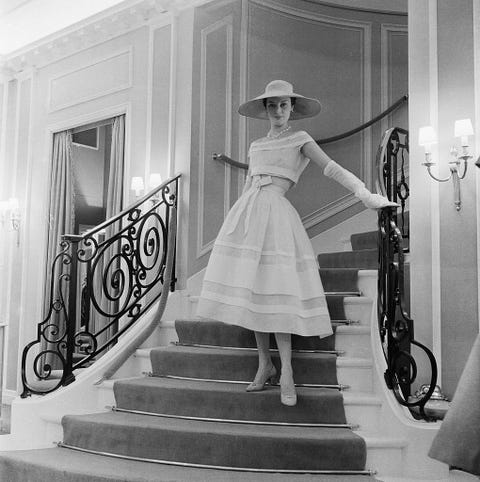
Savitry Getty Images
26 of 42
1950
In the 1950s, the popular silhouette changed completely. Tea-length dresses were all the rage, and fabric like tulle and chiffon made for fuller skirts and accentuated waists. Once again, the hourglass shape dominated.
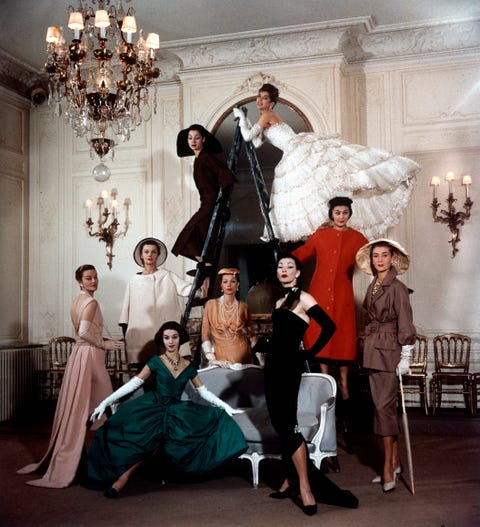
Loomis Dean Getty Images
27 of 42
1955
The House of Christian Dior created trends throughout the '50s, starting with the aforementioned tea-length gowns and extending to elegant coat dresses and evening gowns.
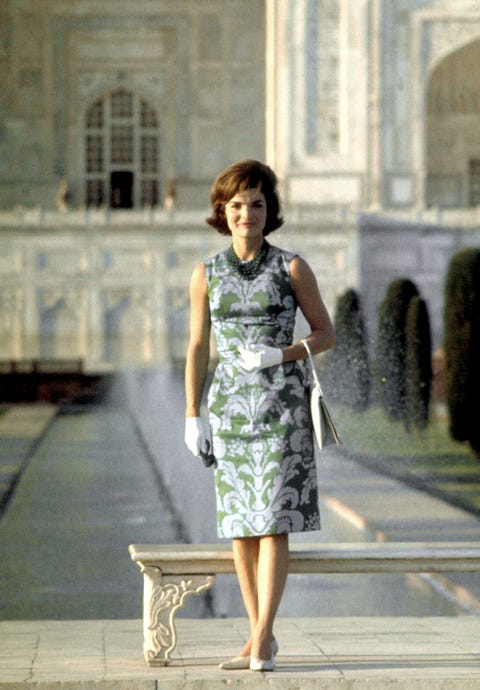
Art Rickerby Getty Images
28 of 42
1960
Entering the '60s, it was all about the sheath dress, as seen here on Jacqueline Kennedy Onassis. This style could be worn with gloves for a formal look or dressed down for everyday life.
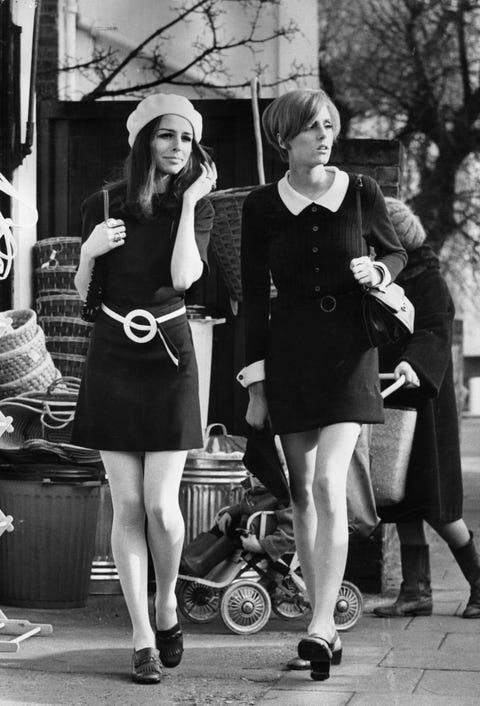
Roy Jones Getty Images
29 of 42
1965
Once again, hemlines were on the rise. Throughout the '60s and by 1965, miniskirt mania was at its peak. The mod look wasn't complete without a chunky low heel or a knee-high boot and perhaps a beret, for good measure.
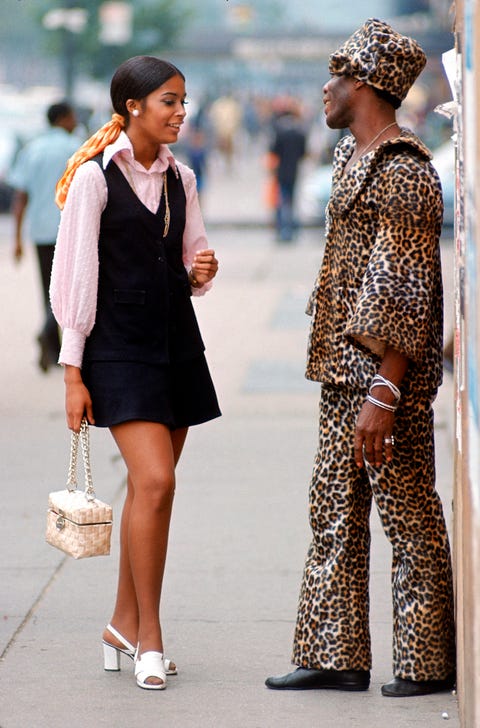
Vernon Merritt III Getty Images
30 of 42
1970
In the '70s, the miniskirt evolved into the jumper dress, preferably worn over a turtleneck or button-down blouse.
Source: https://www.harpersbazaar.com/fashion/g30715740/dress-evolution-through-years/
0 Response to "When Did Women Stop Wearing Dresses on a Daily Basis"
Post a Comment